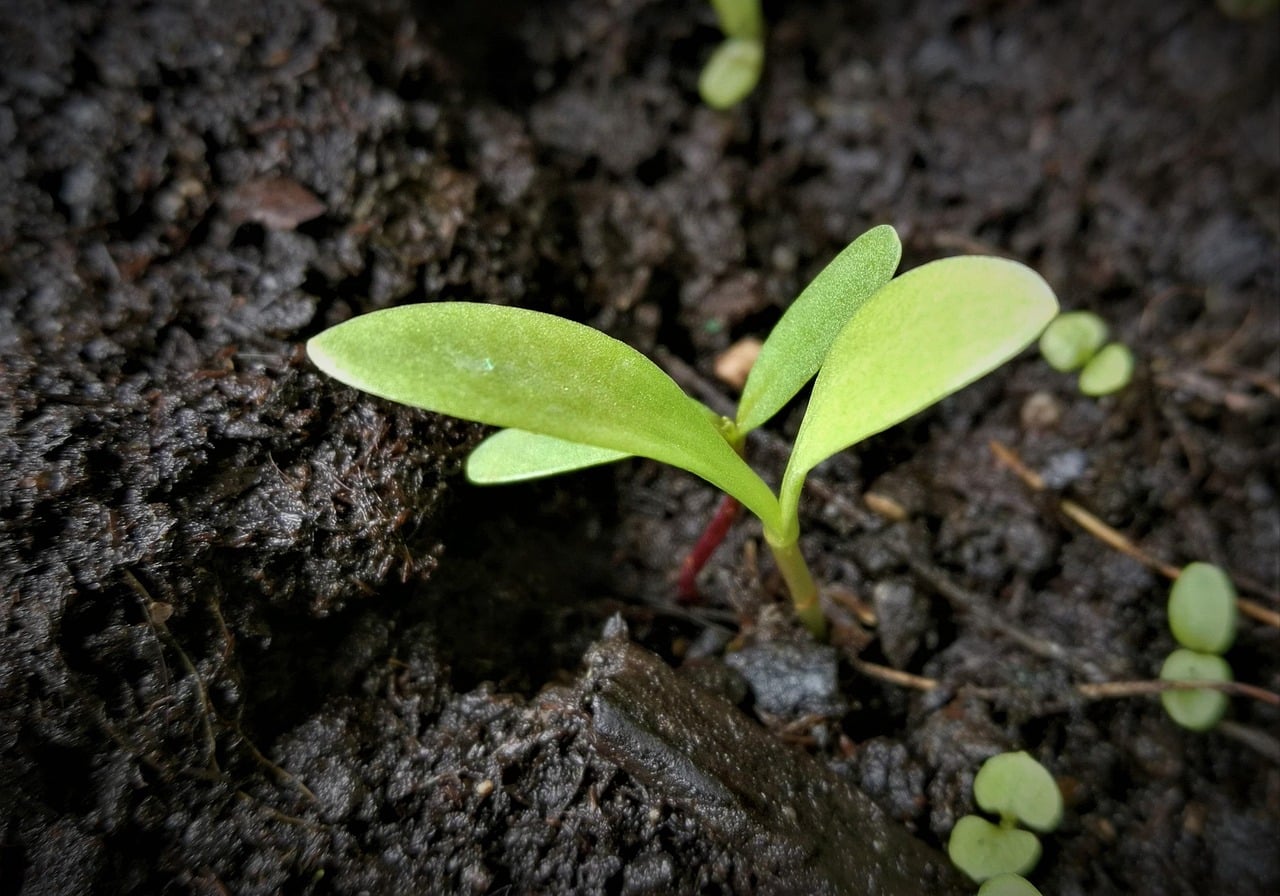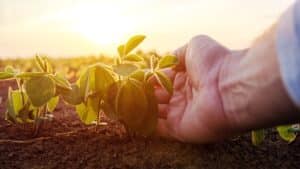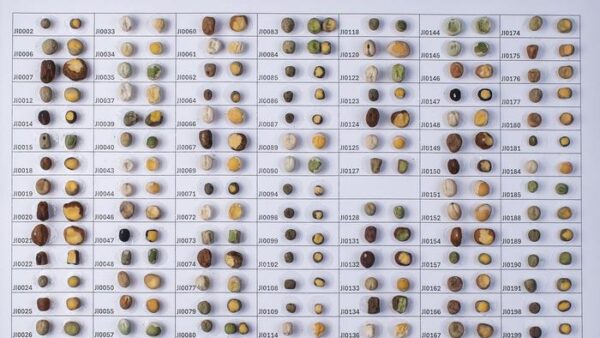A recent study by researchers from the University of São Paulo highlights the benefits of regenerative agriculture practices — such as crop rotation, direct sowing, and cover crops—in improving soil health and promoting carbon sequestration. Their findings were discussed in a new episode of IICA in Action, a podcast by the Inter-American Institute of Cooperation for Agriculture (IICA) on Spotify.
The study, conducted over more than a year, examined soil management strategies aimed at preventing degradation and increasing resilience to extreme weather conditions. The research underscores the crucial role of healthy, fertile soils in ensuring sustainable and productive agriculture, according to a press release.
The podcast episode was part of the Living Soils in the Americas initiative, a collaboration between IICA and Ohio State University’s Center for Carbon Management and Sequestration, led by renowned scientist Rattan Lal.
With the support of a large research team, the Brazilian specialists conducted an extensive review of published studies on carbon sequestration in soils. Their analysis confirmed that these practices not only enhance soil fertility but also play a key role in reducing greenhouse gas emissions, contributing to the fight against climate change.
“The objective was to answer the question of whether we can quantify greenhouse gas emissions and carbon sequestration, to determine how much, management practices can contribute to reducing total emissions,” Cerri explained in dialogue with IICA in Action.
“Thanks to the Living Soils in the Americas initiative, with the general supervision of Professor Lal, we had the possibility of obtaining that information, which is unprecedented,” he added.
However, Cerri and Cherubim also cautioned that many countries in the Americas have yet to systematize and publish information on this topic. Soil monitoring and carbon measurement remain in their early stages and are nearly nonexistent in some regions, with only a handful of studies available.
“In some regions of the Americas we have a gap, an information gap, and the IICA, through Living Soils in the Americas, is helping to reduce them, in a process that demands time and energy. Mainly in Central America, in the Andean region and in the Caribbean, more information is needed,” Cerri said.
Mauricio Cherubim, in turn, recalled that it is estimated, at a global level, that 30% of the soils are degraded. “Carbon loss, loss of biodiversity, acidification, salinization, pollution, compaction, surface sealing by the advance of urban areas and erosion are the main causes,” he listed. He pointed out, in that sense, that the objective of the research they carried out and that will continue at the University of San Pablo, is to project the possible benefits of the use of regenerative practices.
“What would happen if we expanded these three major practices – direct planting, pasture recovery and integrated systems – in 30% of the continent’s agricultural area? What would be the impact?” the researcher wondered.
The dialogue can be heard in the IICA space on Spotify, in its two versions: in the original Portuguese and with Spanish dubbing.











